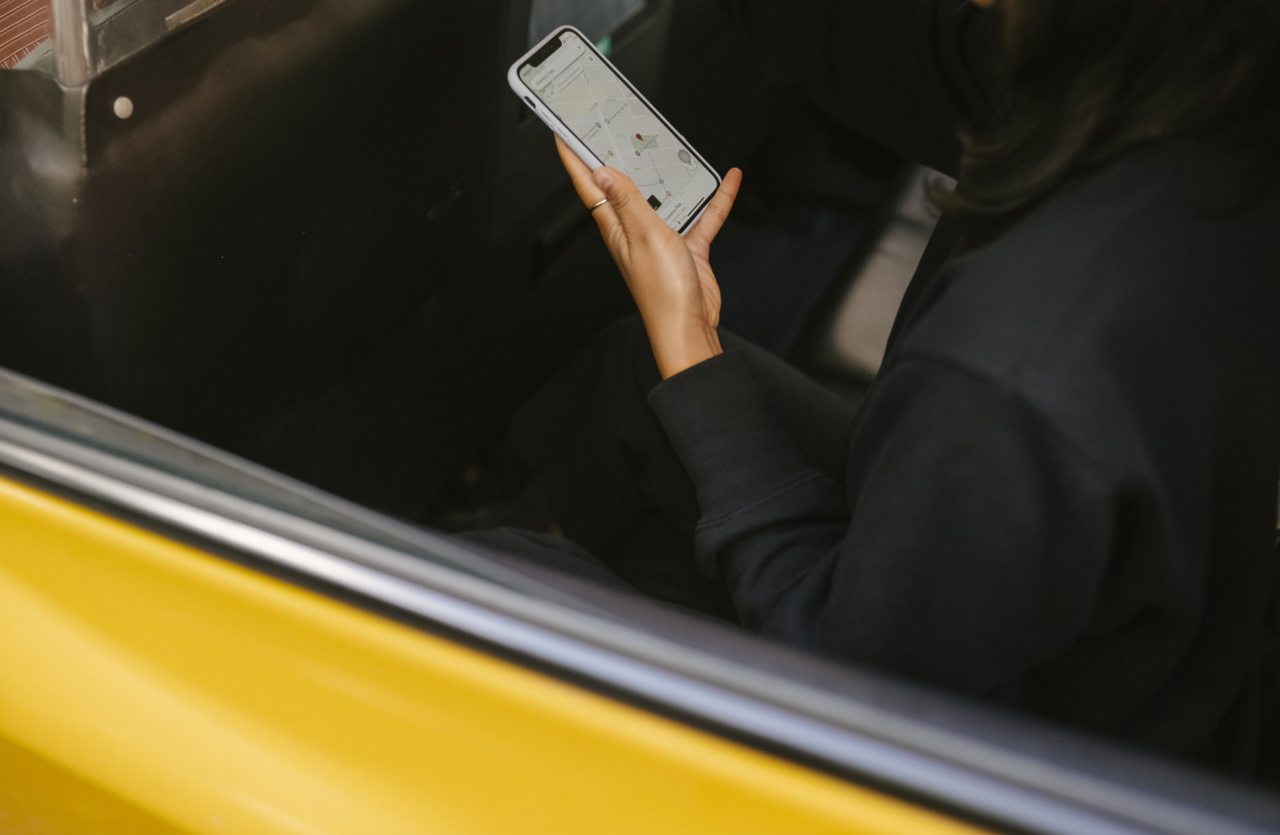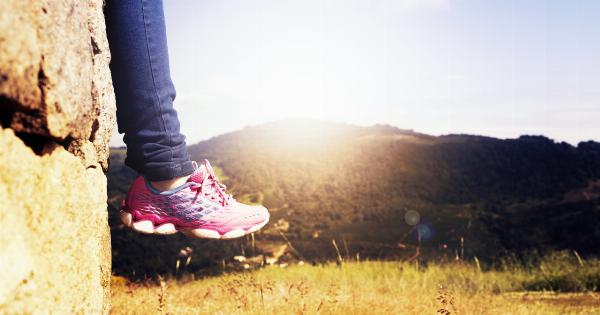When it comes to outdoor gear, having the right equipment is only half the battle. Knowing how to properly use your gear is just as important.
From setting up a tent to using a camp stove, the proper techniques can make all the difference in your outdoor experience. In this ultimate guide, we’ll cover the proper use of some common outdoor gear.
Tents
Setting up a tent can be a daunting task, but with a little practice and some know-how, it can be a breeze. Start by selecting a spot that is flat and free from debris. Lay out your tent body and align the corners with your stake points.
Next, secure the tension straps and stake your tent. Finally, attach your rainfly and guy lines to ensure maximum stability. When taking your tent down, be sure to remove all stakes and carefully fold the tent body to avoid damage and maximize the life of your gear.
Sleeping Bags
A good sleeping bag can make or break a camping trip. The key to using your sleeping bag properly is selecting the right one for your needs and taking proper care of it.
When using your sleeping bag, be sure to zip it all the way up to keep in the warmth and avoid drafts. Using a sleeping pad will also help to keep you warm and comfortable throughout the night. When packing up your sleeping bag, avoid stuffing it into a stuff sack as this can damage the insulation. Instead, fold it gently and store it in a dry place.
Camp Stoves
A reliable camp stove is essential for any camping trip. When setting up your stove, be sure to select a flat and stable surface. Next, attach the fuel canister and ignite the stove according to the manufacturer’s instructions.
Always use caution when handling the stove and fuel canister, as they can be hot and may pose a fire hazard. When finished cooking, turn off the stove and safely remove the fuel canister.
Coolers
A quality cooler will keep your food and drinks cold for days, but using it properly is crucial for maximizing its efficiency. Start by packing your cooler with ice or ice packs, placing heavier items at the bottom and lighter items on top.
Avoid overpacking the cooler, as this can reduce the effectiveness of the insulation. When opening the cooler, do so quickly and avoid leaving it open for extended periods of time. When it’s time to dispose of any melted or spoiled items, be sure to do so in accordance with Leave No Trace principles.
Backpacks
A well-packed backpack can make your outdoor adventure much more enjoyable. When packing your backpack, start by placing heavier items towards the bottom and closer to your back.
Items you’ll need throughout the day should be placed in more easily accessible compartments. It’s important to adjust your backpack straps to ensure a comfortable fit and weight distribution. When hiking, be sure to take breaks and adjust your pack as needed to avoid discomfort or injury.
Camp Chairs
Camp chairs are a great way to relax and enjoy the outdoors after a long day of hiking or exploring. When using your camp chair, be sure to select a flat and stable surface.
Always follow the manufacturer’s instructions for setup, and never exceed the recommended weight limit. Avoid placing the chair in direct sunlight for extended periods of time, as this can cause fading or damage to the material. When packing up your chair, be sure to fold it carefully and store it in a dry place.
Headlamps
Headlamps are an essential tool for any outdoor adventurer. When using your headlamp, be sure to adjust the straps for a comfortable and secure fit. Always bring spare batteries and replace them as needed to ensure maximum brightness.
When not in use, store your headlamp in a dry place and avoid leaving it in extreme temperatures.
Camp Showers
A camp shower can be a great way to freshen up after a day of outdoor activities. When using your camp shower, select a private and flat area away from other campers.
Fill your shower bag with the recommended amount of water and hang it from a sturdy tree branch or structure. Use caution when adjusting the water temperature and never use hot water from a stove or fire. When finished with your shower, be sure to dispose of any wastewater properly and in accordance with Leave No Trace principles.
Hiking Boots
A good pair of hiking boots can make all the difference on the trail. When selecting your boots, look for a pair that fits snugly but allows for room in the toe box. Always break in your boots before hitting the trail to avoid blisters or discomfort.
When hiking, be sure to adjust your laces as needed for maximum support and comfort. After your hike, be sure to clean and store your boots properly to maximize their lifespan.
Conclusion
Proper use of outdoor gear is just as important as having the right equipment. By following these tips and manufacturer’s instructions, you can ensure the longevity and effectiveness of your gear, making for a more enjoyable outdoor experience.
Remember to always follow Leave No Trace principles and respect the natural environment.































